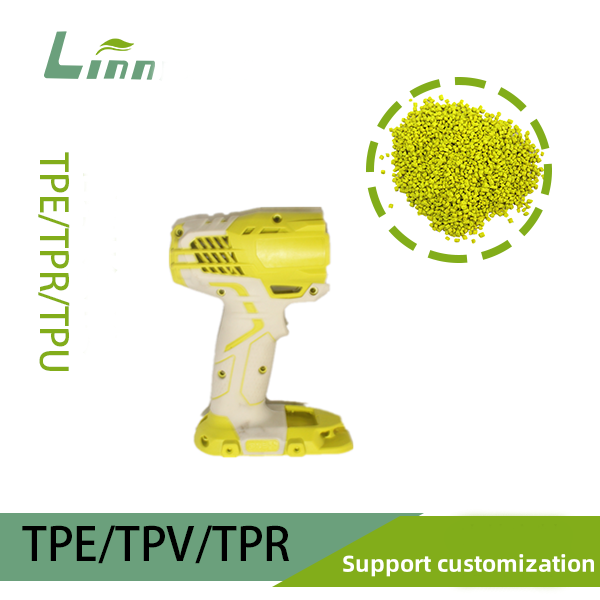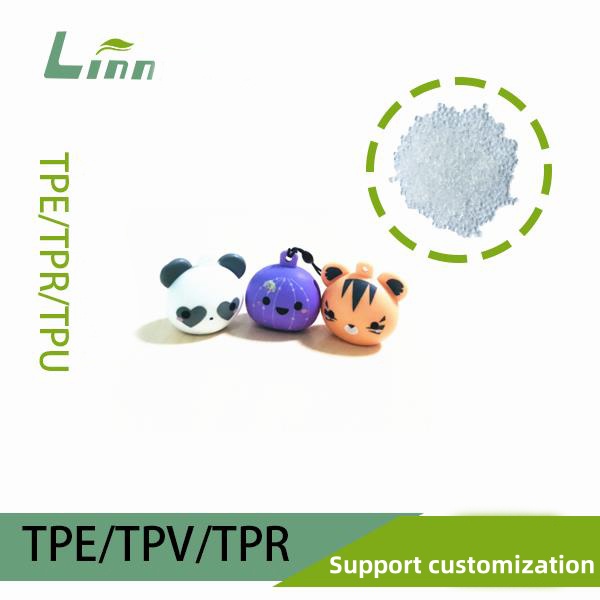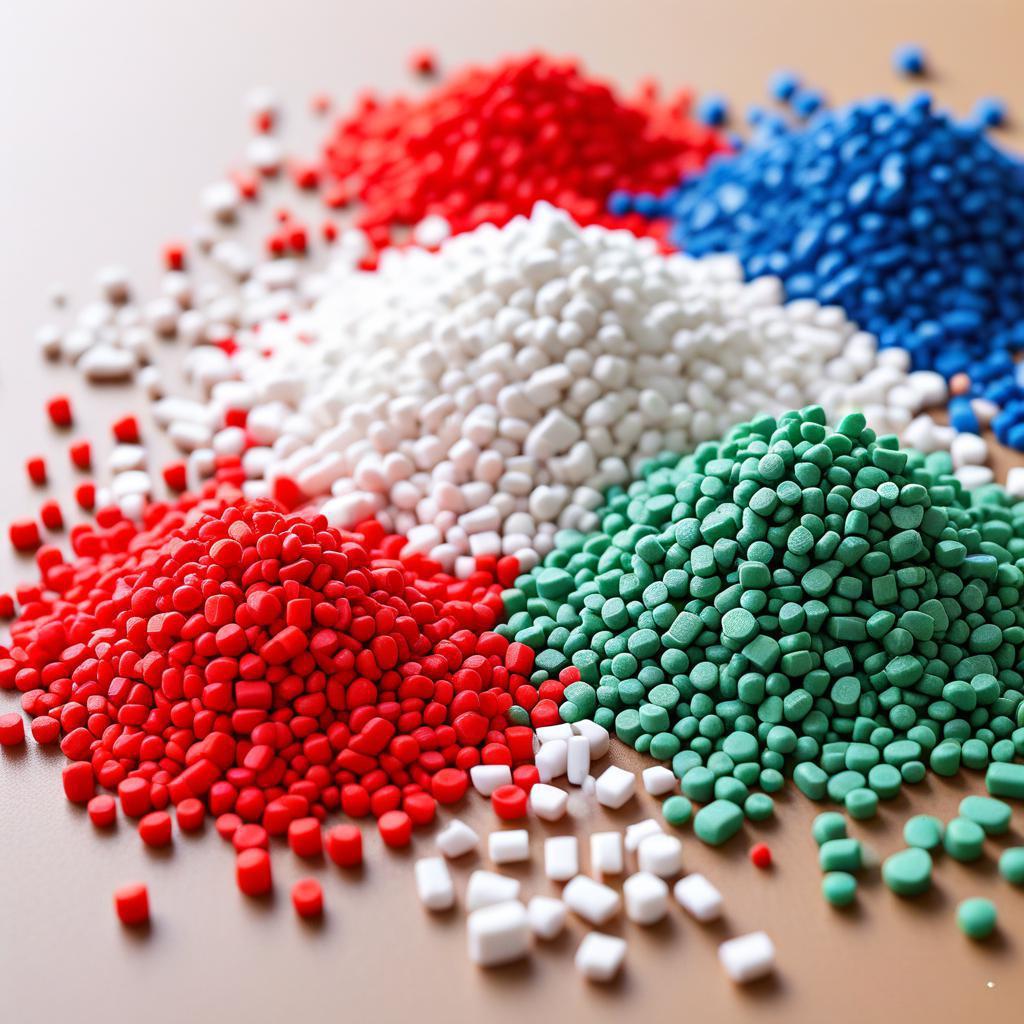As someone who’s been in the materials processing industry for years, I’ve seen TPE (thermoplastic elastomer) used in countless products, from soft toothbrush handles to durable automotive seals. Its versatility is unmatched, but bonding TPE can be a real headache for engineers and manufacturers. Poor bonding can lead to cracking, detachment, or compromised product performance. In this article, I’ll share my hands-on experience and industry insights to guide you through the best methods for bonding TPE effectively.

Why Is Bonding TPE So Challenging?
TPE combines the elasticity of rubber with the processability of plastic, making it soft and flexible at room temperature yet moldable when heated. This unique property makes it a star in injection molding and extrusion, but it also complicates bonding. TPE has low surface energy, especially non-polar types like TPS (styrene-based TPE) or TPO (olefin-based TPE), which resist adhesion to glues or other materials. Additionally, TPE comes in various forms (e.g., TPU, TPS, TPV), each with distinct chemical and physical properties, requiring tailored bonding approaches.
In my work, I’ve encountered cases where factories used standard glue on TPE, only for the product to delaminate within days. Others tried hot-melt bonding but deformed the TPE due to improper temperature control. These issues often stem from a lack of understanding of TPE’s properties or choosing the wrong bonding method. Below, I’ll break down the most effective TPE bonding techniques and share practical tips to get it right.
Common Methods for Bonding TPE
Based on my experience, TPE bonding falls into three main categories: chemical bonding, physical bonding, and mechanical bonding. Here’s a detailed look at each method.
1. Chemical Bonding: Glues and Adhesives
Chemical bonding involves using glues or adhesives to create a chemical or physical bond between TPE and other materials like PP, ABS, or metal. This is the go-to method for small-scale production or complex structures.

Suitable Glue Types
Cyanoacrylate Glue (Super Glue): Great for quick bonding but offers limited strength with TPE, best for temporary fixes.
Polyurethane Glue: Works well with polar TPEs like TPU, offering strong weather resistance for outdoor products.
Epoxy Resin Glue: Provides high bonding strength, ideal for TPE-to-metal or hard plastic connections.
Silicone Glue: Flexible and suitable for applications requiring elasticity, though it cures slowly.
TPE-Specific Adhesives: Some manufacturers (e.g., 3M, Loctite) offer adhesives designed for TPE, delivering superior results.
Practical Tips
Surface Preparation: TPE surfaces are often smooth, so lightly sand them or clean with isopropyl alcohol to remove oils and debris.
Primers: For non-polar TPEs like TPS, applying a primer can significantly boost adhesive performance.
Curing Time: Follow the adhesive’s curing instructions precisely to avoid premature stress that could cause delamination.
Environmental Control: Bond in a dry environment, as high heat or humidity can affect adhesive performance.
Things to Watch Out For
Different TPE types respond differently to adhesives, so always test on a small sample first.
Some glues emit strong odors, so ensure proper ventilation during application.

2. Physical Bonding: Hot-Melt, Ultrasonic Welding, and Plasma Treatment
Physical bonding alters the TPE’s surface or structure to achieve adhesion, making it ideal for automated production lines or high-volume manufacturing.
(1) Hot-Melt Bonding
Hot-melt bonding leverages TPE’s thermoplastic nature, heating its surface to a molten state to fuse it with materials like PP or PE through molecular diffusion.
Advantages: Eco-friendly, no adhesives required, and cost-effective.
Disadvantages: Requires precise temperature control; overheating can deform TPE, while underheating weakens the bond.
Applications: Bonding TPE to similar thermoplastics, such as TPE overmolding on PP handles.
Practical Tips:
Maintain heating temperatures near the TPE’s melting point (typically 150-200°C, depending on the TPE type).
Use hot-plate or hot-air welding equipment for even heat distribution.
Cool the bond quickly under pressure to enhance adhesion strength.
(2) Ultrasonic Welding
Ultrasonic welding uses high-frequency vibrations to generate frictional heat at the TPE’s contact surface, melting it to bond with another material.
Advantages: Fast, suitable for automation, and produces clean, aesthetically pleasing bonds.
Disadvantages: Limited to thin-walled TPE parts and requires significant equipment investment.
Applications: Precision bonding of TPE to rigid plastics like ABS or PC.
Practical Tips:
Adjust ultrasonic frequency and amplitude to avoid burning the TPE surface.
Design welding lines (e.g., V-shaped or U-shaped) to maximize bond strength.
Ensure material compatibility to prevent issues from differing material rigidities.

(3) Plasma Surface Treatment
Plasma treatment bombards the TPE surface with ionized gas, increasing its surface energy and polarity to improve adhesion. Studies show plasma treatment can raise TPE surface tension from 30 mN/m to over 50 mN/m, significantly enhancing glue or coating adhesion Reference Source.
Advantages: Effective for nearly all TPE types, especially non-polar ones.
Disadvantages: Requires specialized equipment, increasing costs.
Applications: Bonding TPE to foams or metals in composite structures.
Practical Tips:
Choose the appropriate plasma gas (e.g., oxygen or nitrogen) based on the TPE type.
Limit treatment time (typically 10-30 seconds) to avoid surface degradation.
Bond immediately after treatment to prevent surface energy loss.
3. Mechanical Bonding: Insert Molding and Structural Design
Mechanical bonding relies on physical structures or inserts to connect TPE to other materials, eliminating the need for adhesives or heat. It’s ideal for eco-conscious applications.
(1) Insert Molding
Insert molding involves injecting TPE over a pre-placed rigid material (e.g., metal or plastic) during the molding process, allowing TPE to flow and form a tight bond.
Advantages: High bonding strength, simple process, and suitable for mass production.
Disadvantages: Complex mold design increases initial costs.
Applications: TPE overmolding on ABS casings or metal tool handles.

Practical Tips:
Add textures or grooves to the insert surface to enhance mechanical interlocking.
Control injection temperature and pressure to prevent uneven TPE shrinkage.
For materials with large polarity differences, apply a primer to improve adhesion.
(2) Structural Design
Structural bonding uses snap-fits, rivets, or interlocking designs to mechanically connect TPE to other materials.
Advantages: No additional processes needed, and disassembly is possible.
Disadvantages: Requires precise design, which may complicate molds or affect aesthetics.
Applications: TPE sealing strips attached to plastic frames.
Practical Tips:
Design with appropriate tolerances to account for TPE’s elasticity and prevent loosening.
Add friction textures to contact surfaces for better stability.
Combine with minimal adhesive for hybrid mechanical-chemical bonding if needed.

TPE Bonding Methods Comparison Table
To help you choose the right method, I’ve compiled a table summarizing the pros, cons, applications, and costs of each bonding technique:
| Bonding Method | Advantages | Disadvantages | Applications | Cost |
|---|---|---|---|---|
| Chemical Bonding (Glue) | Easy to apply, versatile | Long curing time, potential odors | Small-scale, multi-material bonding | Low-Medium |
| Hot-Melt Bonding | Eco-friendly, no adhesives | Tricky temperature control, risk of deformation | TPE to thermoplastics | Medium |
| Ultrasonic Welding | Fast, automated, clean finish | High equipment cost, limited to thin parts | Precision component bonding | High |
| Plasma Treatment | Greatly improves adhesion, versatile | Expensive equipment, complex process | Non-polar TPE to foams/metals | High |
| Insert Molding | Strong bonds, efficient for mass production | Complex molds, high initial costs | TPE overmolding on rigid materials | Medium-High |
| Structural Design (Mechanical) | No extra processes, detachable | Complex design, may affect aesthetics | Sealing strips, assembled parts | Low-Medium |
How to Choose the Right TPE Bonding Method?
Selecting the best bonding method depends on several factors. Here’s my approach:
TPE Type: Different TPEs (e.g., TPU, TPS, TPV) have unique chemical structures and surface energies. For instance, TPU’s higher polarity makes it compatible with polyurethane or epoxy glues, while TPS may require plasma treatment or primers.
Substrate Material: TPE is often bonded to PP, ABS, or metal. Ensure the bonding method suits the substrate. For example, TPE and PP bond well with hot-melt or insert molding, while metal may need glue or plasma treatment.
Production Scale: For small batches, glue-based bonding is flexible and cost-effective. For large-scale production, consider insert molding or ultrasonic welding for efficiency.
Performance Requirements: For high-temperature or weather-resistant products, opt for polyurethane glue or insert molding. For eco-friendly needs, mechanical bonding or hot-melt methods are better.
Budget: Glue and mechanical bonding are budget-friendly, while plasma treatment and ultrasonic welding suit high-end applications.
In practice, I always recommend small-scale testing. For example, I once helped a client bond TPE to ABS. We tried super glue first, but it lacked strength. Switching to plasma treatment with epoxy glue tripled the bond strength, solving the issue perfectly.

Common Issues and Solutions
Here are some frequent TPE bonding problems I’ve encountered, along with their fixes:
Issue 1: Glue doesn’t stick, bond fails quickly
Solution: Verify the glue’s compatibility with the TPE type. Use a primer or plasma treatment to increase surface energy.
Issue 2: TPE deforms after hot-melt bonding
Solution: Lower the heating temperature, reduce heating time, and apply immediate cooling with pressure.
Issue 3: Insert molding results in TPE-substrate separation
Solution: Optimize mold design with interlocking features and adjust injection parameters.
Issue 4: Ultrasonic welding causes burn marks
Solution: Reduce amplitude, refine welding line design, and ensure equipment calibration.

Frequently Asked Questions
To provide a fuller picture of TPE bonding, I’ve answered some common questions below:
Q1: Can TPE be bonded with regular glue?
A: Not recommended. Standard glues often have weak adhesion to TPE, especially non-polar types. Use TPE-specific adhesives or treat the surface first.
Q2: Which TPE type is easiest to bond?
A: TPU, due to its higher polarity, bonds more easily than TPS or TPO. It works well with polyurethane or epoxy glues.
Q3: How much does plasma treatment improve TPE bonding?
A: Industry data shows plasma treatment can increase TPE surface tension by over 50%, boosting bond strength by 2-3 times, especially for non-polar TPEs Reference Source.
Q4: Can TPE bonds withstand high temperatures?
A: It depends on the method and TPE type. Polyurethane glue and insert molding can handle 80-120°C, while super glue may fail in heat. Choose based on the product’s environment.
Q5: Are there eco-friendly bonding methods without glue?
A: Yes! Hot-melt bonding, ultrasonic welding, and insert molding require no adhesives, making them sustainable and efficient for large-scale production.
Final Thoughts
Bonding TPE may seem daunting, but with the right understanding of its properties and a well-chosen method, you can achieve reliable results. From the flexibility of glue-based bonding to the efficiency of insert molding, each approach has its strengths. I hope this guide equips you with practical solutions to tackle your TPE bonding challenges. If you have specific questions or need tailored advice, feel free to reach out—I’m happy to share more insights from my experience!
